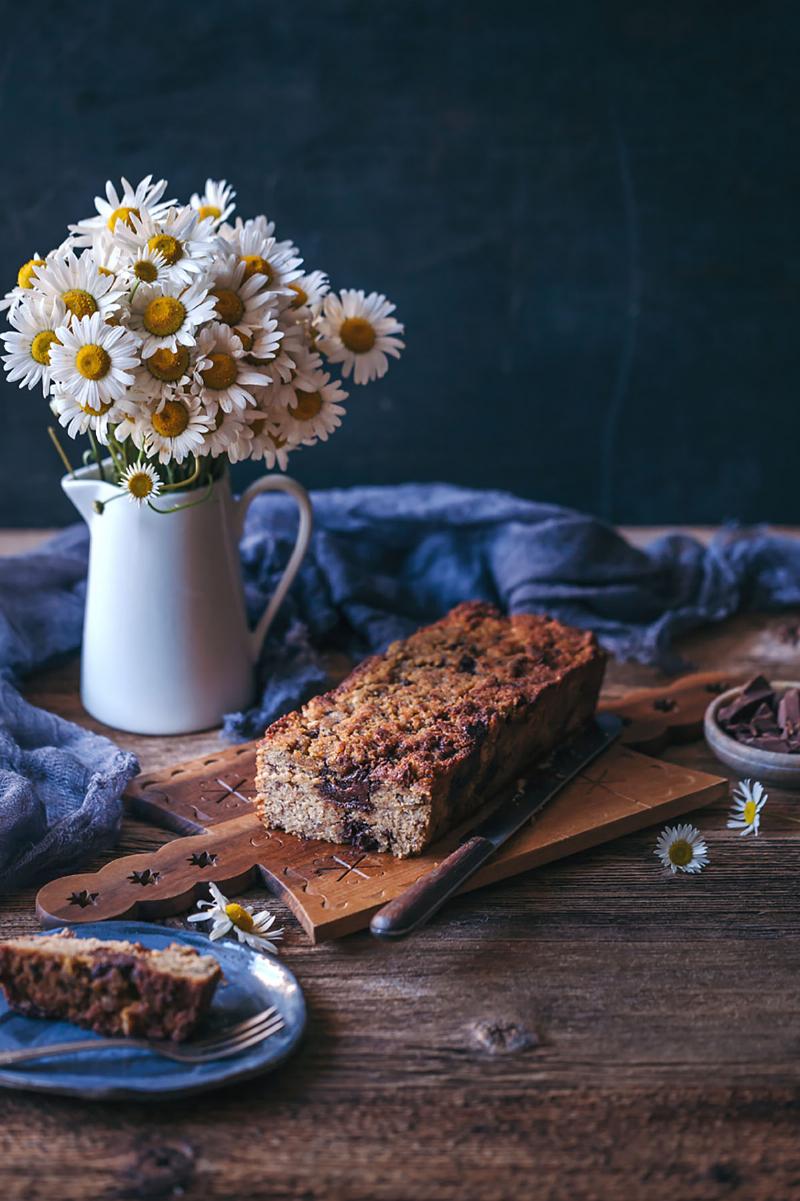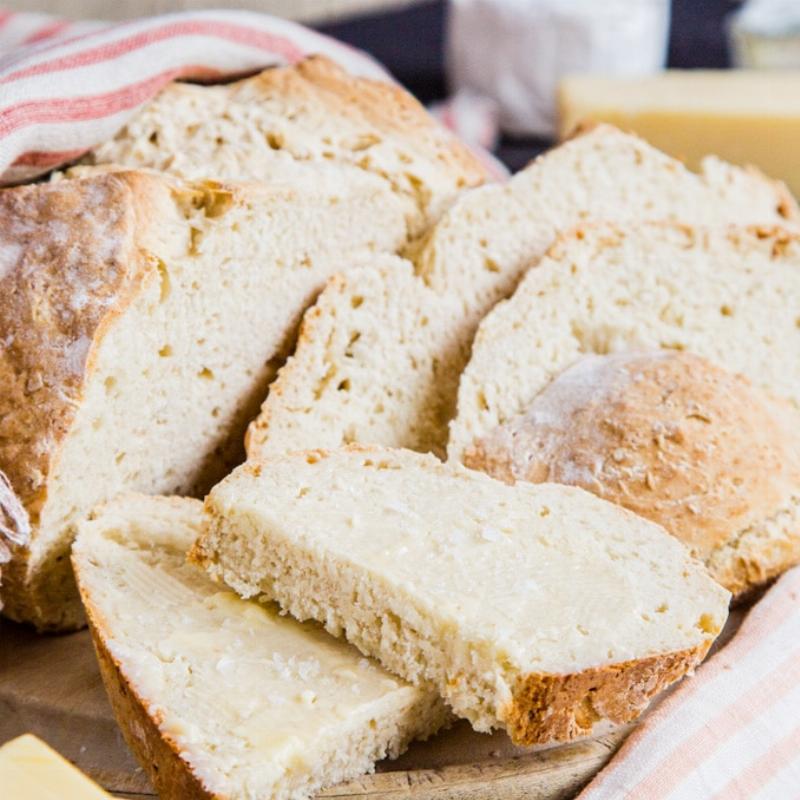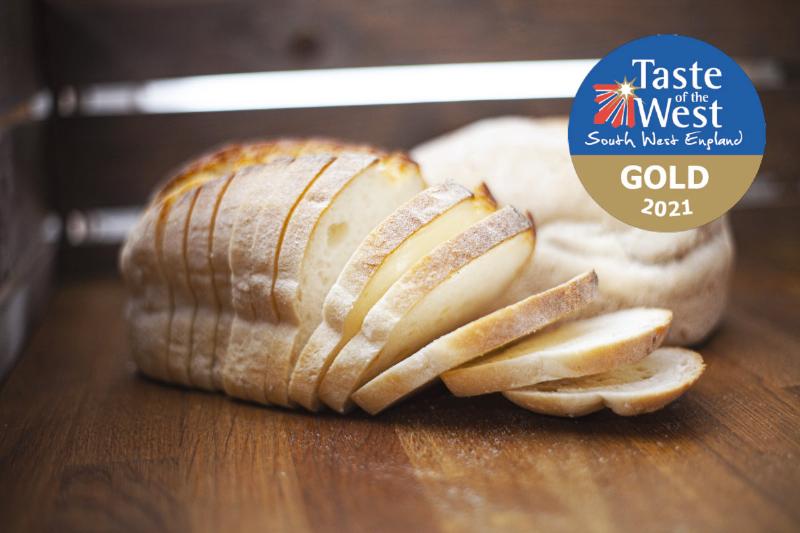Baking bread without flour might seem impossible, but with the right approach and a bit of culinary curiosity, you can create delicious and satisfying loaves that cater to various dietary needs. From cloud bread to hearty seed-based options, this guide dives into the world of flourless bread, offering insights into the ingredients, techniques, and benefits of ditching traditional wheat flour.
Table Of Contents
Understanding the Need for Flourless Bread
Why would someone want to bake bread without flour? The answer often lies in dietary restrictions or preferences. Many people experience sensitivities to gluten, a protein found in wheat, rye, and barley. For them, traditional bread is off the table. Others may follow low-carb or paleo diets, which restrict or eliminate grains. Still others simply enjoy exploring new flavors and textures, finding flourless baking a fun and rewarding challenge.
Flourless Bread Options: A World Beyond Wheat
Thankfully, numerous flour alternatives exist for those seeking a delicious slice of bread without the wheat. Here are some popular options:
- Almond Flour: Made from ground almonds, this flour adds a subtle nutty flavor and moist texture. It’s a great option for cakes and quick breads, and with a bit of tweaking, can work for yeast-based breads as well.
- Coconut Flour: Derived from the dried flesh of coconuts, this flour is high in fiber and has a unique, slightly sweet taste. It absorbs a lot of liquid, so recipes often call for more eggs or binding agents.
- Cassava Flour: Made from the yucca root, this flour is a popular grain-free option that offers a texture closer to traditional wheat flour. It’s a good choice for both sweet and savory breads.
- Seed-Based Flours: Flours made from flax, sunflower, or chia seeds can be used in combination with other grain-free flours to add nutritional value and a slightly nutty flavor. These flours are also excellent sources of healthy fats and fiber.
Baking with Flour Alternatives: Tips and Tricks
Baking with flour alternatives requires some adjustments to traditional bread recipes. Here are some key tips for success:
- Proper Hydration: Flour alternatives absorb liquid differently than wheat flour. Start by adding the liquid gradually and adjust as needed to achieve the desired consistency.
- Binding Agents: Since gluten provides structure and elasticity in traditional bread, you may need to add binding agents like xanthan gum, guar gum, or psyllium husk powder to your flourless recipes.
- Leavening: Yeast-based flourless breads can be challenging, as the lack of gluten hinders rise. You may need to experiment with different yeast types and rising times. Baking soda and baking powder are reliable leavening agents for quick breads.
- Baking Time and Temperature: Flourless breads often bake faster than traditional breads. Keep a close eye on your bread and use a toothpick to check for doneness.
Just like [How to bake bread with butter], flourless bread recipes often benefit from added fat.
A Simple Almond Flour Bread Recipe
Ready to try your hand at flourless baking? Here’s a simple almond flour bread recipe to get you started:
Ingredients:
- 2 cups almond flour
- 1/4 cup coconut flour
- 1 tsp baking powder
- 1/2 tsp salt
- 4 eggs
- 1/4 cup melted coconut oil
- 1/4 cup water
Instructions:
- Preheat oven to 350°F (175°C). Grease a loaf pan.
- Combine almond flour, coconut flour, baking powder, and salt in a bowl.
- In a separate bowl, whisk together eggs, coconut oil, and water.
- Pour the wet ingredients into the dry ingredients and mix until just combined.
- Pour batter into the prepared loaf pan and bake for 30-35 minutes, or until a toothpick inserted into the center comes out clean.
 Almond Flour Bread Baking
Almond Flour Bread Baking
Similar to [How to bake bread with steam], ensuring adequate moisture is key to a successful flourless loaf.
Exploring Flavor Combinations: Beyond the Basics
Once you’ve mastered the basics, feel free to experiment with different flavor combinations. Adding herbs, spices, seeds, or even cheese to your flourless bread dough can elevate your baking to new heights. Consider adding dried cranberries and walnuts for a touch of sweetness, or rosemary and garlic for a savory twist.
 Flourless Bread Variations
Flourless Bread Variations
The Benefits of Flourless Bread
Choosing flourless bread offers several potential health benefits:
- Gluten-Free: Ideal for those with gluten sensitivities.
- Often Lower in Carbs: Beneficial for those following low-carb diets.
- Rich in Nutrients: Depending on the ingredients used, flourless bread can be a good source of fiber, healthy fats, and vitamins.
- Improved Digestion: Some individuals find that flourless bread is easier to digest than traditional wheat-based bread.
Just as enticing as a [Cake recipe with spices] or a [Cake recipe with applesauce], a good flourless bread can be a delightful treat.
Conclusion
Baking bread without flour opens a world of possibilities for those seeking alternatives to traditional wheat-based loaves. Whether you’re motivated by dietary restrictions or simply a desire to explore new culinary horizons, there’s a flourless bread recipe waiting to be discovered. With a little practice and the tips outlined above, you’ll soon be enjoying delicious, wholesome, and satisfying flourless breads. Embrace the challenge and enjoy the journey of creating flavorful and nourishing loaves that cater to your specific needs and preferences. Don’t forget that flourless bread, like its traditional counterpart, can be enhanced with delightful additions similar to a [Bread recipe with berries].
 Sliced Flourless Bread
Sliced Flourless Bread
FAQ
- Can I use any flour alternative in any recipe? No, each flour alternative has unique properties. You may need to adjust recipes based on the specific flour you’re using.
- Is flourless bread always healthier than regular bread? Not necessarily. The nutritional value depends on the ingredients used.
- Where can I find flourless bread recipes? Online resources, cookbooks, and blogs are great places to find inspiration.
- Can I freeze flourless bread? Yes, most flourless breads freeze well.
- What can I do if my flourless bread is too crumbly? Try adding a binding agent like xanthan gum or psyllium husk powder.
- How can I make my flourless bread rise higher? Experiment with different leavening agents and rising times.
- What’s the best flour alternative for yeast-based breads? Cassava flour or a blend of cassava flour and almond flour can work well for yeast breads.

Pingback: How to Bake Bread with Seeds - Bestbaking Recipes
Pingback: How to Make Bread with Holes: A Comprehensive Guide - Bestbaking Recipes